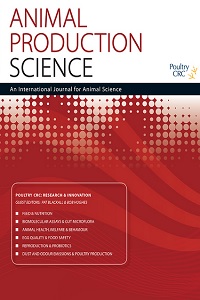Herd dynamics reflect constraints for pig production and farmer attitudes in smallholder systems in Lao PDR
A field intervention and 17 months’ monitoring of pig herd dynamics in seven villages in Northern Laos was conducted. The collected data show for the first time herd dynamics based on quantitative data. They show that dynamics follow a regular cyclic pattern based on the general farm management approach applied by farmers, which lacks a specific pig management focus. Interventions aimed at improving animal management and nutrition were far less successful than envisioned but revealed major conflicts in perception between implementers and farmers. Farmers did not shift their focus to pig production as major income-generating activity as envisioned by implementers. Nevertheless, despite only partially improved systems, farrowing and animal growth rates were increased among committed farmers, whereas death rates have decreased. However, our quantitative data show a significant number of constraints reflected in the way how animals enter, pass through and leave smallholder production systems. Disease and disease prevention, as well as animal feeding are the two dominant hindrances to improved production. Both these obstacles are rather related to a lack of focus on animal production and therefore animal requirements than to an inherent lack of understanding. To increase interest though, poor income opportunities due to lacking market opportunities will have to be tackled. However, even with an incomplete transition from a traditional to an improved system, overall production increased by 600% in committed farmers with an about equivalent increase in income from this activity, showing that current systems leave massive scope for improvement if perceptions and other external obstacles such as access to inputs and markets can be overcome.

